Developer: Opera House Publisher: Sage’s Creation Released: 1992 Genre: Action
As someone who has been gaming for well over thirty years nostalgia plays a big factor in my gaming tastes. While I was there for the Atari 2600 and its contemporaries I have little nostalgia for that period with few exceptions. Breakout is one of them. As one of the first games I ever played Breakout’s simple premise hooked me immediately. It is no surprise that I also love Arkanoid, a later title made in the same spirit. Devilish should have been an easy favorite but that simply isn’t the case. I can appreciate many of its ideas but also recognize that it is flawed overall. Shame too as it has its moments. Devilish deserves better.
To go along with the game’s adventurous tone it has an incredibly silly plot. A jealous demon named Y comes across a prince and princess who are madly in love. In his rage he transforms both into a set of paddles for eternity. Luckily the pair comes across a magic ball they can use in their new form to destroy the demons infesting their kingdom. I totally did not make that up.
At its core Devilish is Breakout with a twist. You control a paddle as it bounces a ball back and forth to break walls in order to progress. The big gameplay hook here is that you have two paddles to manage. One is permanently at the bottom of the screen to prevent death. The upper paddle can be freely manipulated around the screen. Both paddles move in unison and have different formations. These options offer a greater degree of control over the ball, control that is necessary to navigate the vertically scrolling levels.
Beyond its dual paddles probably the coolest feature of Devilish is its level design. Rather than the static single screens of the legions of Breakout clones each stage spans multiple fields and scrolls in every direction. Every level is themed and features numerous traps and obstacles that enrich gameplay. Walls need to be broken, X blocks turn one of your paddles invisible and useless, and cannons will help you skip large sections of the playing field. These are just a sampling of the game’s mechanics and when everything is working properly the game is incredibly fun.
Every level leads to a boss battle and even in this aspect the game exhibits variety. Most encounters simply challenge you to hit its mayor a number of times to move on but there are more. One instance involves destroying all of the blocks within a space, a nod to the game’s roots. My favorite comes toward the end; you are tasked with preventing an increasing number of balls from falling off screen. Eventually it reaches six which is nerve wracking. If you can reach the final boss there are some interesting surprises that await…..
There are some brilliant ideas in Devilish and when everything is working properly it is extremely fun. Those moments are hidden under plenty of frustration however. The most frequent issue are the screwed up ball physics. In any good game of Breakout the ball should react predictably when it hits a wall or object. Here it seems completely random as to the speed and angle the ball will take. There are three options to alter the ball’s speed but they don’t make much of a difference. As cluttered as the levels are you can’t reliably tell where the ball will fall, let alone have the space and time to react. That randomness is part of what makes Breakout and its ilk fun but not like this.
The high difficulty further mars the game. Part of it comes from the messed ball physics but there are other factors as well. The most egregious is the aggressive clock. You have the bare minimum of time to navigate each level, defeat the boss, and hit the exit. If you aren’t immediately in a rush from the start you might as well not bother. You need as much time as possible as the boss battles can be aggravating. It sucks as it ruins some of the more creative encounters. Between this, the physics and suspect hit detection Devilish has problems.
I’ve been pretty harsh so far but that is because I wanted to really like the game. The fantasy setting adds the kinds of variety this genre usually lacks. Most of the time you get multi colored bricks and a single background. Each themed level looks great if a bit gritty due to the system’s color palette. The true standout is the fantastic soundtrack, which is one of the best on the system.
In Conclusion
I love and hate Devilish. There are many great ideas buried under questionable design that make this a chore to enjoy. At its best the game is incredibly creative with decent graphics and a fantastic soundtrack. But at its worst it is incredibly frustrating. As much as I wish I could give it a recommendation you’ll have to play it yourself to decide if its issues are deal breakers.
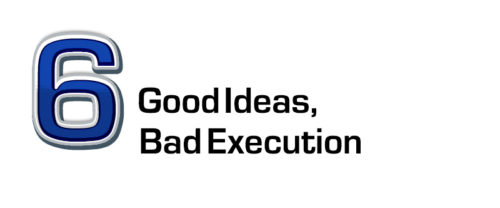

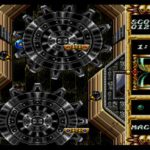
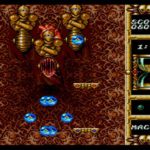
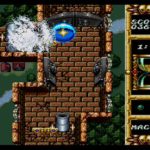
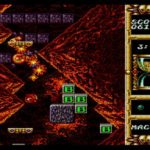
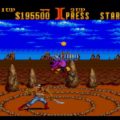

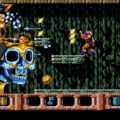
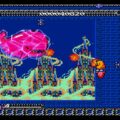
One thought on “Devilish: the Next Possession”